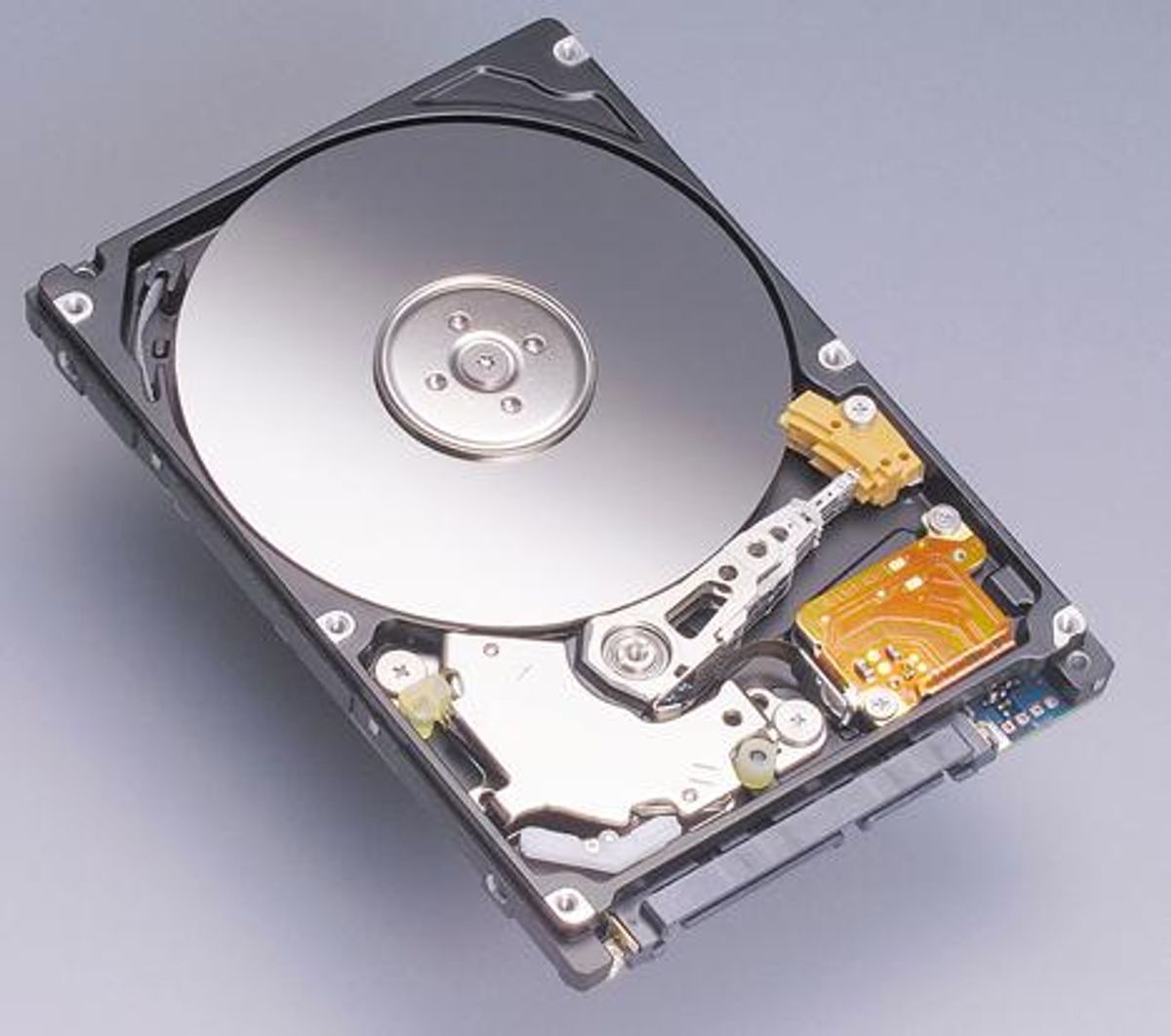Earlier this year nanoscientists in Ireland took their first steps towards realizing the promise of block copolymers for next generation computing. Their research, which included scientists from both the University of Wisconsin and Intel, developed a method for fabricating large-area arrays of silicon nanowires through the directed self-assembly (DSA) of block copolymer nanopatterns.
Now researchers at the University of Texas Austin in collaboration with the disk drive company HGST have exploited the DSA characteristics of block copolymers to create a new type of disk drive with up to five times the storage capacity of today’s models.
While the method’s compatibility with current high-throughput techniques is critical for it to be adopted into commercial applications, it is the extraordinary speed at which the block copolymers self assemble that has amazed even the researchers.
“I am kind of amazed that our students have been able to do what they’ve done,” says co-author C. Grant Willson, a professor of chemistry at U Texas Austin, in a press release. “When we started, for instance, I was hoping that we could get the processing time under 48 hours. We’re now down to about 30 seconds. I’m not even sure how it is possible to do it that fast. It doesn’t seem reasonable, but once in a while you get lucky.”
In addition to its speed and compatibility with current manufacturing techniques, the newly developed method addresses a real need in computing. Data storage on disk drives is approaching its limits. In the past, we've always stored more by packing the magnetic dots that make up the data on disk drives closer together. But the industry now has reached about a terabit of data per square inch (2.54 cm) of disk. If you bring them much closer, the magnetic fields of each dot begin to interfere with each other and data can be corrupted.
This use of block copolymers makes it possible to make the disk so that there are no magnetic fields between the dots but they are still isolated from one another. This means you can push the dots closer together without any magnetic fields interfering with the dots and corrupting the data.
The key to the process the U Texas researchers developed is a spin-on top coat that neutralizes surface energy at the top interface of a block copolymer film. This allows the polymers to orient themselves to the plane of the disk with just heat.
“The patterns of super small dots can now self-assemble in vertical or perpendicular patterns at smaller dimensions than ever before,” saysThomas Albrecht, manager of patterned media technology at HGST, in the release. “That makes them easier to etch into the surface of a master plate for nanoimprinting, which is exactly what we need to make patterned media for higher capacity disk drives.”
As with the research coming out of Ireland earlier this year, this work was conducted in close collaboration with industry, suggesting that commercial applications of the technology are a real possibility in a fairly short time—much shorter than typically seen in this kind of lab research.
Dexter Johnson is a contributing editor at IEEE Spectrum, with a focus on nanotechnology.




